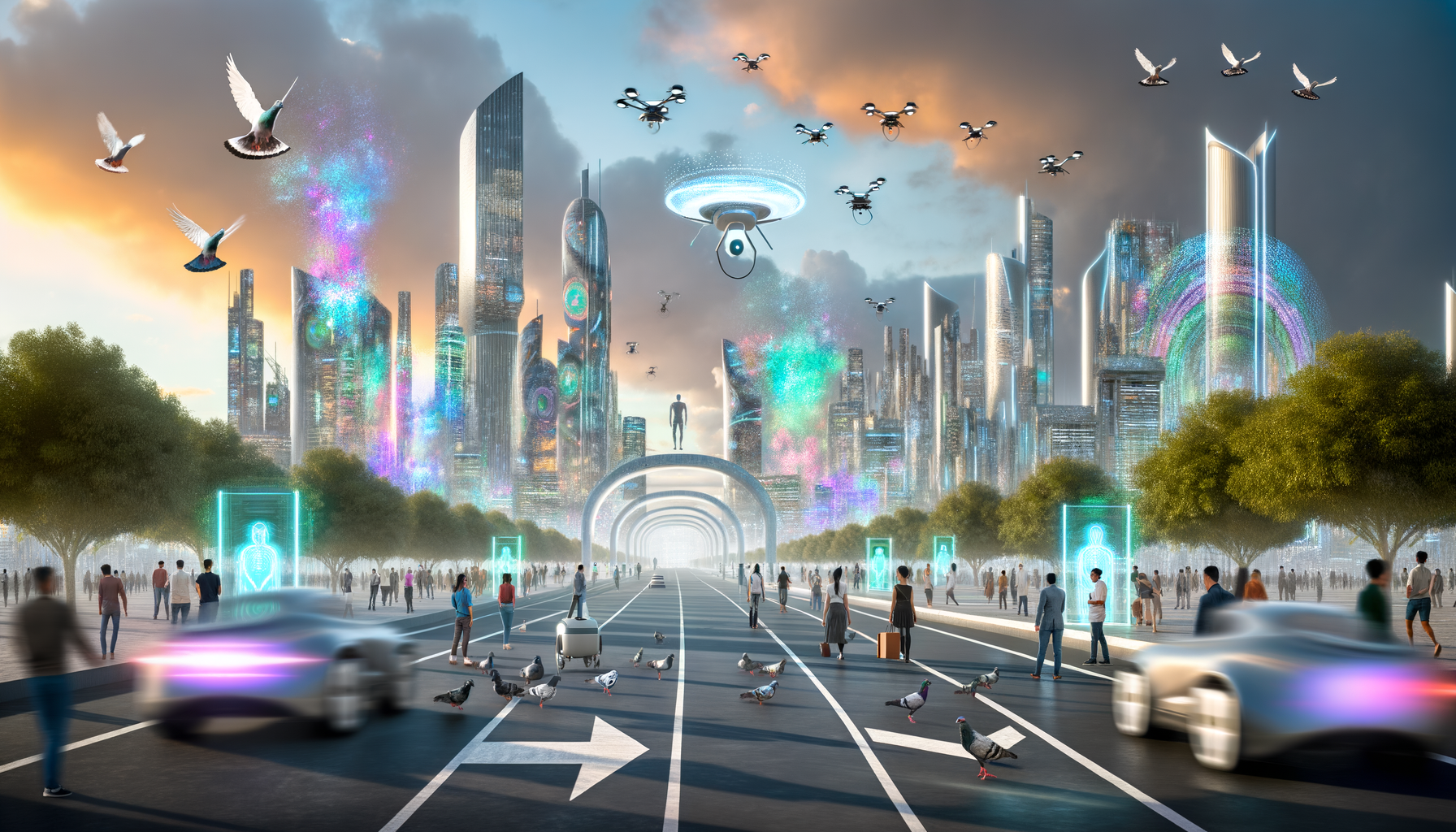Exploring the Future of AI: Trends, Innovations, and Insights
In what is being called a “Sputnik Moment,” DeepSeek’s breakthrough has turned the $100 billion artificial intelligence (AI) industry on its head. But what exactly does this mean for the future of technology and our daily lives? Let’s dive deep into the exciting world of artificial intelligence, explore current trends, and uncover innovations shaping our future.
What is a “Sputnik Moment”?
The term “Sputnik Moment” originates from the launch of the Soviet satellite Sputnik in 1957, which shocked the world and spurred a race to innovate in space technology. Today, this phrase symbolizes significant shifts or breakthroughs that force societies to rethink their approach to technology. Just as Sputnik ignited advancements in science and technology, DeepSeek’s recent breakthrough has set the stage for a new wave of innovation in the AI space.
Understanding AI: A Quick Overview
Before we jump into the recent developments, let’s break down what artificial intelligence really is. In simple terms, AI refers to computer systems or machines that mimic human intelligence to perform tasks. They can learn from data, adapt to new information, and even make decisions independently. Some common examples of AI include:
- Virtual Assistants: Like Siri and Alexa, which help us with voice commands.
- Recommendation Systems: Such as those used by Netflix and Spotify to suggest shows or music based on our preferences.
- Autonomous Vehicles: Cars that can drive themselves using AI technology.
The $100 Billion AI Industry
With a staggering market value of $100 billion, the AI industry is booming and transforming how we live, work, and play. Companies across all sectors are investing heavily in AI to streamline processes, enhance customer experiences, and develop innovative products. According to recent studies, the AI market is expected to grow at an annual rate of over 40% in the coming years, making it one of the fastest-growing sectors in technology.
Trends Shaping the Future of AI
1. Natural Language Processing (NLP)
NLP is a subfield of AI that focuses on the interaction between computers and humans through natural language. With advancements in this area, machines can understand, interpret, and respond to human language in a human-like way. The popularity of chatbots and voice-driven technologies has skyrocketed, making information retrieval as easy as asking a question. As one expert put it, “The future of AI will be driven by the ability to communicate seamlessly between humans and machines.”
2. Machine Learning and Deep Learning
Machine Learning (ML) is a type of AI that uses algorithms to help computers learn from data without being explicitly programmed. In contrast, Deep Learning (DL) is a subset of ML that uses neural networks with many layers to process large sets of data. Both technologies are gaining traction for their ability to identify patterns and make predictions. The application of these technologies ranges from healthcare to finance, where they are used for diagnosing diseases and detecting fraudulent transactions.
3. Ethics and Responsible AI
As AI technology continues to evolve, concerns about privacy, security, and bias become increasingly important. Organizations are beginning to focus on developing guidelines and frameworks for responsible AI use. For instance, ethical AI practices aim to ensure that AI models are fair, transparent, and accountable. As one advocate for responsible AI stated, “Technology should reflect the values of society.” Being aware of these concerns can guide the future direction of AI innovations.
Innovations to Watch
1. AI in Healthcare
The healthcare sector is experiencing a significant transformation thanks to AI. From predictive analytics that forecast patient outcomes to AI-driven diagnostic tools that help doctors make informed decisions, the potential impacts are vast. Researchers are also exploring drug discovery processes made faster and more efficient through AI algorithms.
2. AI-Driven Robotics
Robotics, increasingly enhanced with AI, is changing industries like manufacturing, logistics, and even customer service. AI-powered robots can now work alongside humans, performing tasks that require precision and consistency. For example, companies are using robots for inventory management, ensuring that stock is tracked and managed more efficiently.
3. Creative AI
In an unexpected twist, AI is also making inroads into the creative fields. AI-generated art, music, and writing are emerging as noteworthy trends. Programs can now compose music or create artwork, blurring the lines between human creativity and machine-generated content. This raises intriguing questions about the future of creativity and the role of AI as a collaborator.
Conclusion: Embracing an AI-Driven Future
The world of AI is evolving rapidly, driven by significant innovations and exciting trends that promise to reshape our future. As we stand on the brink of an AI revolution reminiscent of a “Sputnik Moment,” we must remain aware of the implications of these advancements. Embracing these technologies will undoubtedly bring challenges, but it also opens the door to multiple opportunities for personal and societal growth.
As we continue to explore and adapt to this rapidly changing landscape, one thing is clear: the future of AI is bright, and it holds immense potential for innovation and transformation in our everyday lives. To stay informed on the latest in AI, consider following industry leaders and reading reputable sources like Forbes AI and TechCrunch AI.


